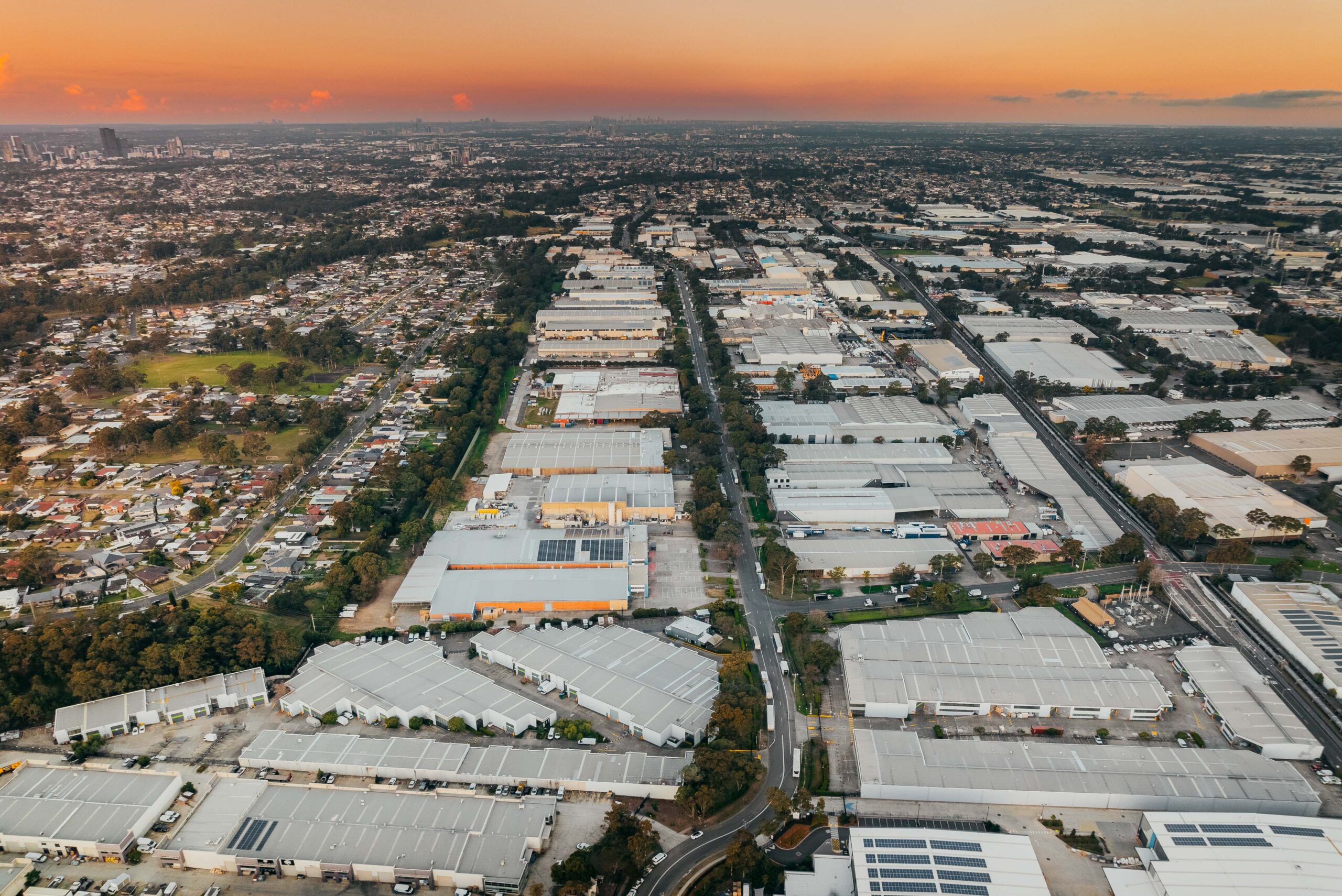Beyond Bricks and Mortar: Building Socially Connected Communities Is Australia’s Next Big Challenge
5 December 2024
- Top urban planner says neighbourhood design will ease soaring crime and loneliness rates
- Smaller dwellings and walkable neighbourhoods are key to nation’s urban future
- Future Fremantle named nation’s best blueprint to foster better social cohesion
As state governments rush to deliver thousands of homes across the major capitals,1 one of the nation’s leading urban planners warns we must build transit based, mixed-use, walkable neighbourhoods in concert with dwellings, or risk further deterioration of our social fabric.
Mike Day – a Partner at global urban solutions, engineering and project management firm Hatch – is a prominent, multi-award-winning figure in urban planning and transportation. He is a Fellow of the Planning Institute of Australia, a member of Melbourne’s Liveability + Urban Optimisation Standing Committee and has been instrumental in steering visionary urban planning initiatives and leading design teams responsible for transformative projects across Oceania, the UAE and Asia.
Mike says Australia’s crime rates are too high and rising, our mental health is poor and loneliness is at epidemic levels, with fragmented communities contributing to the problem.
In June this year, the ABS’s 2023 Recorded Crime – Victims report recorded an 11 per cent surge in sexual assault, a 10 per cent rise in motor vehicle theft, and a 6 per cent rise in unlawful entry with intent YoY.2 Recent figures suggest loneliness now affects nearly one in four Australians.3 In Queensland, figures show offences against a person soared 4.8 per cent from July 2023 to July 20244. In NSW, unarmed robbery rose to an eyewatering 13 per cent in 2023.5
In his decades of urban planning and design experience, Mike has seen the positive impact that sound community design has on the health of residents and their social cohesion, safety and even crime rates. Studies across the globe have revealed the link between street design, community facilities and mixed-use urban hubs, including local workplaces, and a strengthened social fabric.6
As Australia continues to grapple with a severe housing shortage,7 he warns governments must provide more than bricks and mortar.
The National Housing Accord says Australia needs 1.2 million new well-located homes over the next five years,8 while experts say a construction lag will likely lead to a shortfall of 400,000 homes.9
Mike says: “The anticipated shortfall is only going to fuel the construction boom and therein lies an opportunity. While neighbourhood design can’t completely arrest crime rates, studies show walkable neighbourhoods that foster safety, and inclusion can help mend our fraying social fabric.10
“House size, neighbourhood design, local workplaces, public transport access, green spaces and community hubs are the key ingredients for connected and safe communities and one of the best places to see this at play is in Vauban in Germany.11 By creating connected, walkable and green neighbourhoods with community centres it has fostered social and environmental sustainability.12 And residents use a bicycle almost 40 per cent more than they did prior to moving there.”13
Mike points to Future Fremantle as an Australian example where place-making is at the forefront of future city plans. There, Hatch is collaborating with the State Government to transform the city into a world-class destination focused on residents’ wellbeing by adopting the United Nations’ Sustainable Development Goals centred around equity, resilience, wellness, and competitiveness with an emphasis on walkability, sustainable transport, and community amenities.14
He says the nation has an opportunity to replicate this, particularly as Sydney rolls out its ‘2050 Sydney Olympic Park’ initiative15 to increase the locality’s population by 471 per cent to 30,000 residents by 2050. In Melbourne, the Victorian Government has also launched Australia’s largest urban renewal project, planning to redevelop all 44-ageing high-rise public housing estates.16
“As we rush to deliver thousands of homes amid this construction boom, we must also focus on developing more modest dwellings and prioritising placemaking,” says Mike.
“This will involve shaping transit based, compact, connected, mixed-use walkable neighbourhoods with discernible centres and well-defined edges, and incorporating community facilities that strengthen the social fabric and alleviate cost-of-living hikes and rising rates of homelessness.17
“There is compelling evidence demonstrating the impact of attainable housing, open space amenity and access to public transit on managing crime,18 with one study in Barcelona even showing bolstered community ties significantly reduces young offender crime rates,”19 says Mike.
“This is now an economic and social imperative for Australia.”
2 https://www.abs.gov.au/statistics/people/crime-and-justice/recorded-crime-victims/2023
3 https://lonelinessawarenessweek.com.au/wp-content/uploads/2024/08/why-we-feel-lonely.pdf
5 https://www.abs.gov.au/statistics/people/crime-and-justice/recorded-crime-victims/latest-release
6 https://link.springer.com/article/10.1007/s42413-024-00204-5
8 https://treasury.gov.au/policy-topics/housing/accord
10 https://onu-habitat.org/index.php/crime-reduction-through-urban-planning-and-management
15 https://worldlandscapearchitect.com/sydney-olympic-park-master-plan-2050-unveiled/?v=b870c45f9584
16 https://www.premier.vic.gov.au/site-4/australias-biggest-ever-urban-renewal-project
19 https://www.sciencedirect.com/science/article/pii/S0167268121004078






